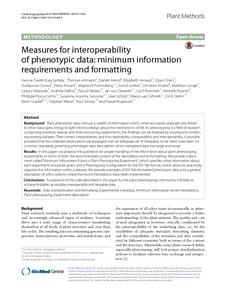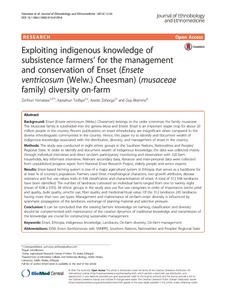Location
For over 15 years, we have been making scientific research freely accessible and discoverable through partnerships, innovation and collaboration with the scientific community. Dedicated to open research, we now publish over 290 quality peer-reviewed journals in Biology, Clinical Medicine and Health.
BMC has an evolving portfolio of some 300 peer-reviewed journals, sharing discoveries from research communities in science, technology, engineering and medicine. In 1999 we made high quality research open to everyone who needed to access it – and in making the open access model sustainable, we changed the world of academic publishing.
We are committed to continual innovation in research publishing to better support the needs of our communities, ensuring the integrity of the research we publish and championing the benefits of open research for all.
Our leading research journals include selective broad interest titles such as Genome Biology and Genome Medicine, academic journals such as Malaria Journaland Microbiome and the BMC series, 65 inclusive journals focused on the needs of individual research communities. We also partner with leading institutions and societies to publish journals on their behalf.
BMC is part of Springer Nature, giving us greater opportunities to help authors everywhere make more connections with research communities across the world.
Members:
Resources
Displaying 1 - 5 of 11Global carbon dioxide removal rates from forest landscape restoration activities
Background
Measures for interoperability of phenotypic data: minimum information requirements and formatting
Plant phenotypic data shrouds a wealth of information which, when accurately analysed and linked to other data types, brings to light the knowledge about the mechanisms of life. As phenotyping is a field of research comprising manifold, diverse and time-consuming experiments, the findings can be fostered by reusing and combining existing datasets. Their correct interpretation, and thus replicability, comparability and interoperability, is possible provided that the collected observations are equipped with an adequate set of metadata.
Measures for interoperability of phenotypic data: minimum information requirements and formatting
Plant phenotypic data shrouds a wealth of information which, when accurately analysed and linked to other data types, brings to light the knowledge about the mechanisms of life. As phenotyping is a field of research comprising manifold, diverse and time-consuming experiments, the findings can be fostered by reusing and combining existing datasets. Their correct interpretation, and thus replicability, comparability and interoperability, is possible provided that the collected observations are equipped with an adequate set of metadata.
Measures for interoperability of phenotypic data: minimum information requirements and formatting
Plant phenotypic data shrouds a wealth of information which, when accurately analysed and linked to other data types, brings to light the knowledge about the mechanisms of life. As phenotyping is a field of research comprising manifold, diverse and time-consuming experiments, the findings can be fostered by reusing and combining existing datasets. Their correct interpretation, and thus replicability, comparability and interoperability, is possible provided that the collected observations are equipped with an adequate set of metadata.
Exploiting indigenous knowledge of subsistence farmers’ for the management and conservation of Enset (Ensete ventricosum (Welw.) Cheesman) (musaceae family) diversity on-farm
Enset (Ensete ventricosum (Welw.) Cheesman) belongs to the order sctaminae, the family musaceae. The Musaceae family is subdivided into the genera Musa and Ensete. Enset is an important staple crop for about 20 million people in the country. Recent publications on enset ethnobotany are insignificant when compared to the diverse ethnolingustic communities in the country. Hence, this paper try to identify and document wealth of indigenous knowledge associated with the distribution, diversity, and management of enset in the country.





